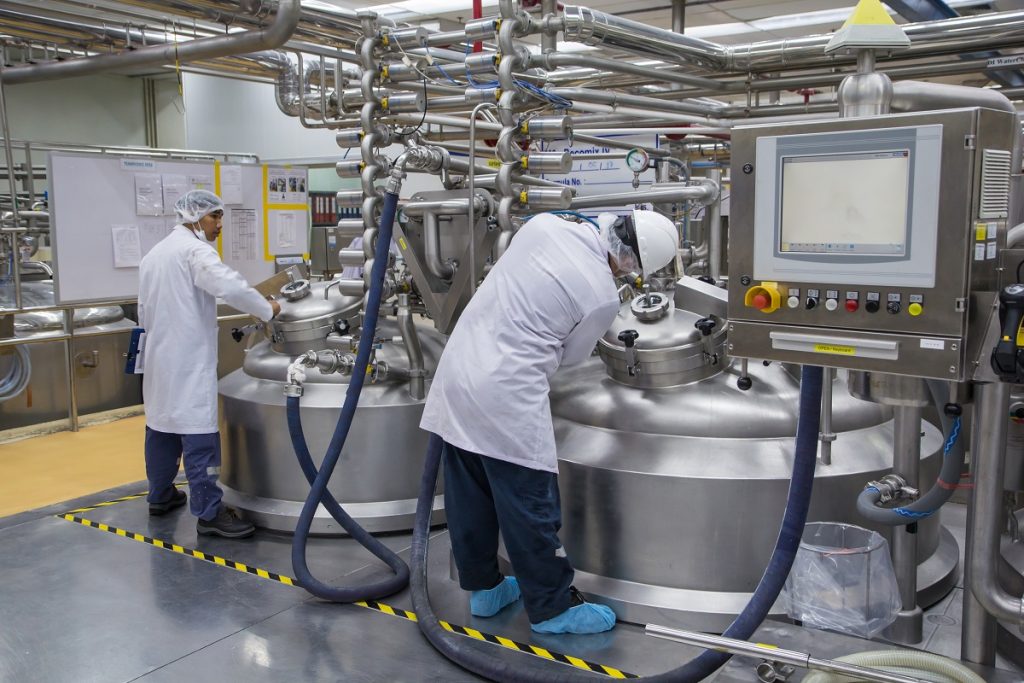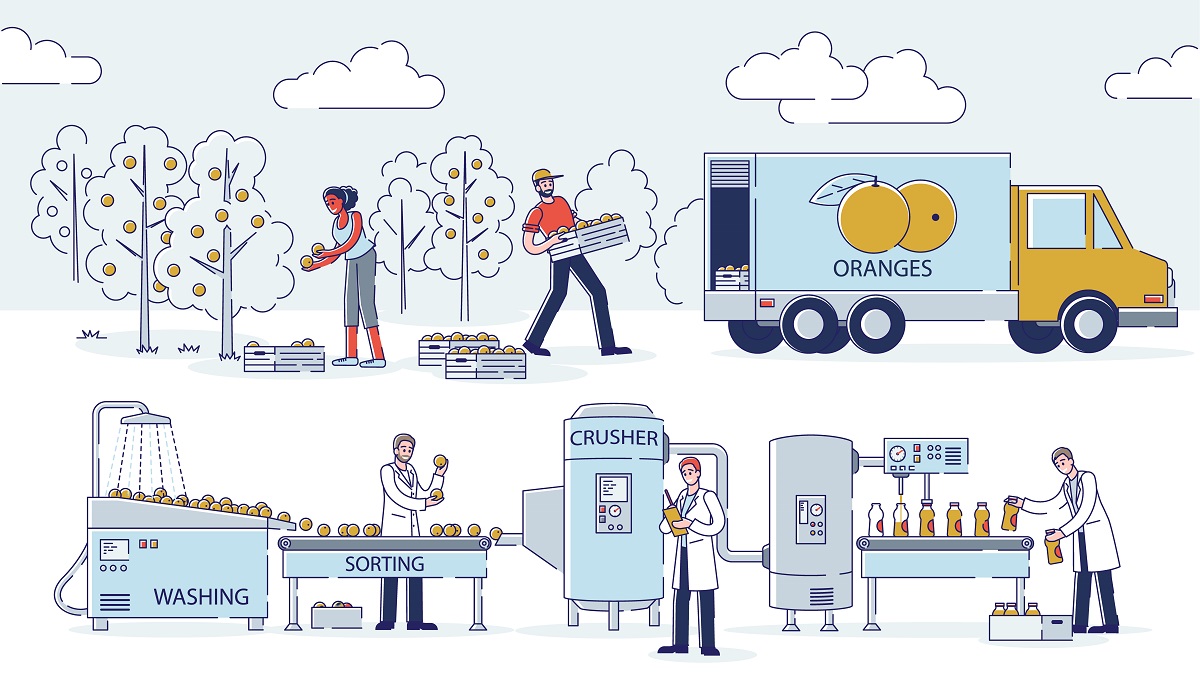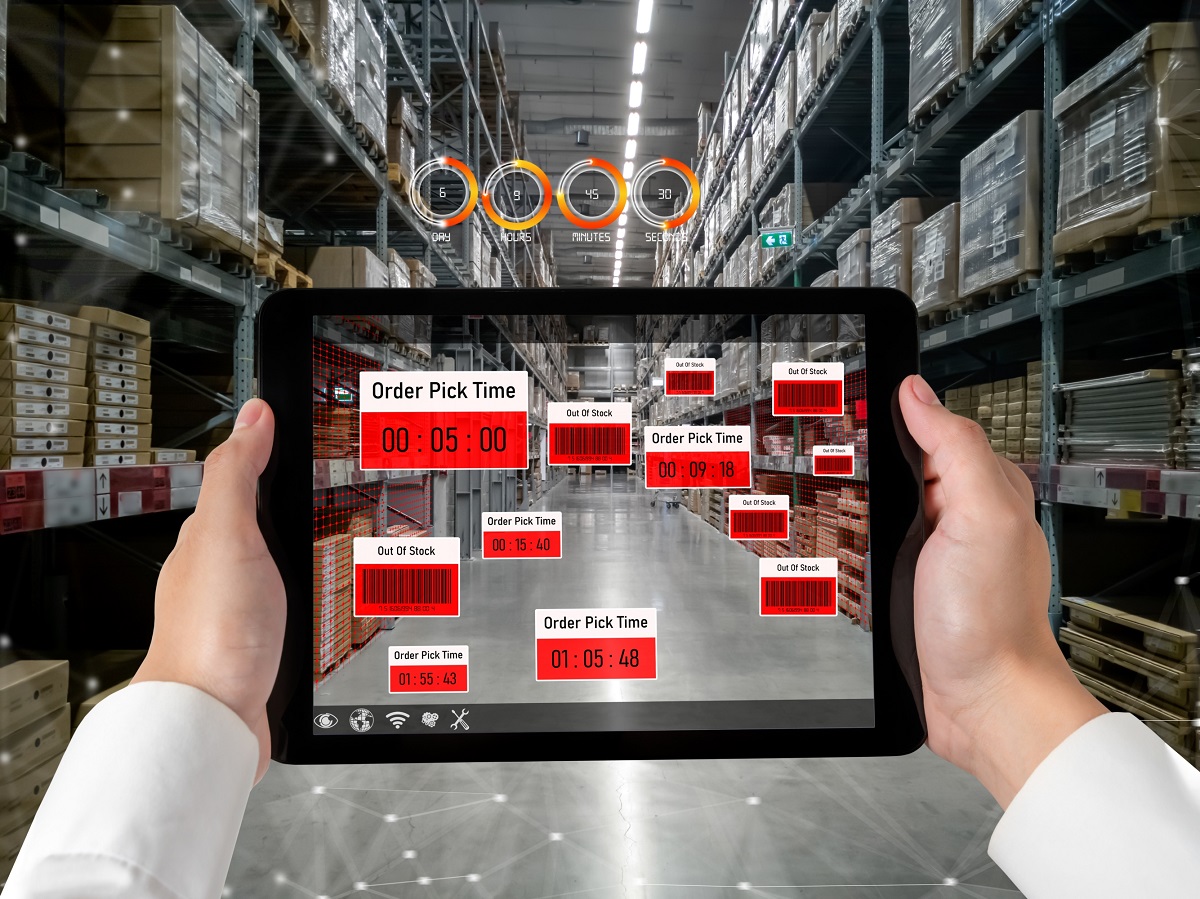In the fast-paced world of manufacturing, efficiency and adaptability are key to staying ahead of the curve. Electronic Batch Manufacturing Record (EBMR) systems have emerged as a powerful tool to help manufacturers streamline their production processes and achieve optimal efficiency. Here capabilities of EBMR systems, showcasing how they revolutionize recipe management, facilitate seamless recipe variations and substitutions, and ensure real-time inventory and production synchronization. From culinary symphonies of ingredient substitutions to seamless supplier integration, EBMR systems unlock a world of possibilities for manufacturers seeking to optimize their operations and elevate their productivity to new heights.
EBMR: The Art of Efficient Recipe Management
In the dynamic world of manufacturing, efficiency and adaptability are the keys to success. With the advent of Electronic Batch Manufacturing Record (EBMR) systems, manufacturers have discovered a powerful tool that revolutionizes recipe management and optimizes production processes. By embracing EBMR, manufacturers gain the ability to digitize and centralize their recipes, ensuring unparalleled accuracy and consistency in recipe execution.
EBMR systems minimize the risk of errors and maintain product quality, fostering trust and customer satisfaction. The real power of EBMR lies in its ability to empower manufacturers with real-time data and analytics. This treasure trove of information enables informed decision-making and continuous process improvement. Manufacturers can identify inefficiencies, optimize resource allocation, and drive productivity to new heights, fueled by data-driven insights.

The flexibility and scalability of EBMR systems make them even more valuable. They adapt seamlessly to changing production demands, allowing manufacturers to respond swiftly to market dynamics. Introducing new products becomes a streamlined process, empowering businesses to capitalize on emerging opportunities and stay ahead of the curve.
EBMR is not just a technological advancement; it’s a mindset shift that embraces automation, reduces manual labour, and increases operational efficiency. By leveraging the power of EBMR, manufacturers unlock the door to a world of enhanced productivity, quality, and adaptability, propelling their businesses to new heights of success.
Time-saving Twists: Recipe Variations Made Easy
In the ever-evolving manufacturing industry, efficiency and adaptability are crucial for success. Recipe variations have long posed a challenge for manufacturers, particularly those dealing with complex recipes that involve numerous ingredients and intricate steps. However, Electronic Batch Manufacturing Record (EBMR) systems have emerged as a game-changer, simplifying the process of managing and implementing recipe variations.
EBMR systems offer a centralized platform for recipe management, eliminating the need for cumbersome manual paperwork and minimizing the risk of errors. Manufacturers can effortlessly create and store unlimited variations of their recipes, catering to diverse customer preferences, dietary restrictions, and regional tastes. This flexibility enables businesses to tap into broader market segments and expand their customer base without the logistical complexities of handling multiple physical recipe books.

The real-time capabilities of EBMR systems further enhance recipe management efficiency. These systems provide real-time tracking and management of recipe changes, ensuring that all production personnel have immediate access to the most up-to-date information. This eliminates the confusion and potential errors that can arise from outdated recipes. Manufacturers can rest assured that their products consistently meet the latest specifications, maintaining the highest standards of quality and customer satisfaction.
One of the most remarkable advantages of EBMR systems lies in their ability to seamlessly substitute ingredients based on real-time availability. In the dynamic manufacturing landscape, supply chain disruptions and fluctuating ingredient prices are unavoidable challenges. EBMR systems provide manufacturers with the agility to respond effectively to these challenges by automatically suggesting suitable ingredient substitutions. This ensures uninterrupted production, minimizes wastage, and optimizes production costs, ultimately contributing to increased profitability and resilience in the face of supply chain uncertainties.
In conclusion, EBMR systems empower manufacturers to embrace recipe variations with ease and efficiency. By providing a centralized platform for recipe management, real-time tracking of changes, and seamless ingredient substitution, EBMR systems enable manufacturers to adapt swiftly to market demands, minimize production disruptions, and maintain the highest standards of quality. In a competitive manufacturing environment, adopting EBMR systems can be a game-changer, driving growth and success in a dynamic and ever-evolving industry.
Navigating the Culinary Landscape: Ingredient Substitutions in Manufacturing
In the dynamic world of manufacturing, where precision and efficiency reign supreme, the ability to adapt to unforeseen challenges is essential. Electronic Batch Manufacturing Record (EBMR) systems emerge as maestro in this realm, orchestrating a culinary symphony of ingredient substitutions that ensures uninterrupted production and unwavering quality standards.
EBMR systems serve as the conductor of recipe management, providing a centralized platform where manufacturers can effortlessly modify and adjust recipes as needed. Armed with real-time tracking of changes, manufacturers can swiftly identify and implement ingredient substitutions, minimizing disruptions and preserving product consistency.
To further enhance manufacturers’ responsiveness to ingredient shortages or price fluctuations, EBMR systems seamlessly integrate with supplier networks. This integration acts as a real-time inventory synchronizer, keeping manufacturers constantly informed about available ingredients. Empowered with this knowledge, manufacturers can make informed decisions and select the most suitable substitutes, ensuring a harmonious blend of quality and efficiency.

Leveraging the transformative power of EBMR systems, manufacturers can elevate their production processes into a culinary masterpiece of seamless ingredient substitutions. This newfound agility allows them to navigate the intricate terrain of modern manufacturing, maintaining operational efficiency, product excellence, and customer delight amidst the ever-changing market landscape.
In this culinary symphony of ingredient substitutions, manufacturers become maestros of adaptation, ensuring that their production lines continue to hum in perfect harmony, delivering a consistent symphony of quality products to the market.
From farm to factory: seamless supplier integration
Seamless supplier integration is essential for manufacturers to ensure that they have the necessary ingredients and materials on hand to meet production demands. Electronic data interchange (EDI) can be used to streamline order processing and data exchange with suppliers. A centralized platform can be used to improve communication and ensure timely fulfillment. Supplier scorecards and certifications can be used to enhance quality control. Reorder points and automated alerts can be used to optimize inventory management.
By integrating with suppliers, manufacturers can gain real-time visibility into inventory levels and production schedules, enabling them to plan and adjust their production accordingly. This integration ensures that manufacturers have the right materials at the right time, reducing the risk of production delays or shortages. Furthermore, seamless supplier integration enables manufacturers to track and trace materials throughout the supply chain, ensuring product quality and compliance with regulatory standards.

Automated systems for managing supplier relationships can further enhance efficiency and collaboration. These systems can streamline the process of requesting quotes, placing orders, and tracking deliveries. They can also facilitate communication between manufacturers and suppliers, allowing for quick resolution of issues and proactive management of potential supply chain disruptions.
Supplier integration is not just about technology; it’s about building strong relationships and fostering a collaborative environment. Regular communication, open dialogue, and a shared commitment to quality are key to successful supplier partnerships. By working closely with suppliers, manufacturers can create a resilient and responsive supply chain that supports their production goals and ensures customer satisfaction.
Data harmony: real-time inventory and production synchronization
EBMR systems facilitate seamless synchronization between inventory levels and production schedules. Real-time updates on raw material availability empower manufacturers to make informed decisions and adjust production plans accordingly. This prevents stockouts, eliminates overproduction, and optimizes resource utilization.
Production alerts are another crucial feature of EBMR systems. These alerts notify manufacturers of potential inventory shortages or surpluses, enabling proactive measures to maintain smooth production flow. By leveraging historical data and demand patterns, EBMR systems generate accurate forecasts, ensuring that manufacturers have the right inventory levels to meet customer demand.

Automated replenishment triggers further enhance inventory management. These triggers initiate purchase orders when inventory levels reach predefined thresholds, ensuring a continuous supply of raw materials without the risk of stockouts. This automation streamlines the replenishment process, reducing manual intervention and the potential for human error.
The harmonious integration of real-time inventory and production synchronization empowers manufacturers to achieve operational efficiency, minimize downtime, and maximize productivity. By leveraging EBMR systems, manufacturers can optimize their production processes, reduce costs, and gain a competitive edge in the ever-evolving manufacturing landscape.
At Last: Let’s Explore advanced Electronic Batch Manufacturing Records (eBMR) Technology
eCubix eBMR is a powerful software system designed for pharmaceutical and Fast Moving Consumer Goods (FMCG) companies. It enables digitization and streamlining of manufacturing processes, ensuring data integrity, operational efficiency, and regulatory compliance.
Key features include real-time monitoring, traceability, and paperless management of product manufacturing data, such as recipes, materials, and process steps.
Pharmaceutical Production:
- In the pharmaceutical industry, each batch has specific activities that must be completed. The modular design of eCubix eBMR allows process-specific activities to be selected for execution.
- It enhances performance, verifies reliability, and ensures real-time monitoring of pharmaceutical industrial activities and processes.
FMCG Solution:
- For FMCG-based manufacturing companies, eCubix eBMR is a creative tool. It improves production record management, focusing on recipe execution, compliance, and batch record reconciliation.
- Benefits include cost savings, waste minimization, customer satisfaction, and efficient inventory management.
Core Features of eBMR:
- Convenient Accessibility: Accessible within or outside the plant.
- Compatibility: Integrates with other software/systems (e.g., LIMS, PIMS, SAP, ERP).
- Eco-Friendly: Replaces paper-based checklists.
- Step-by-Step Execution: Ensures quality and process compliance.
- Automated Reporting and Data Analysis: Calculates formulas and provides real-time uploads.
- Real-Time Visibility: Monitors complex or distributed operations remotely.
- Multi-Platform Use: Available as web applications and mobile apps (Android & iOS).
In summary, eBMR transforms manufacturing processes, ensuring product quality, consistency, and compliance. Whether in pharmaceuticals or FMCG, it’s a vital tool for efficient and regulated production.



























